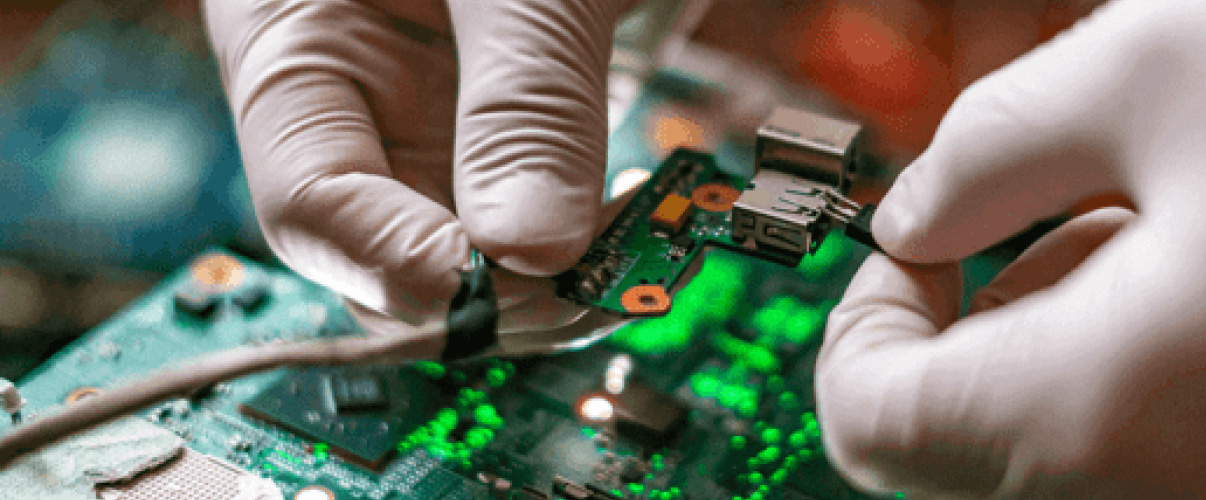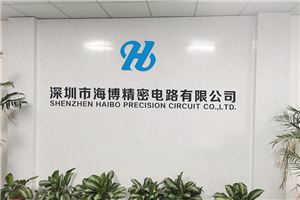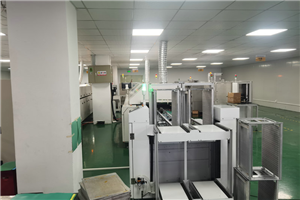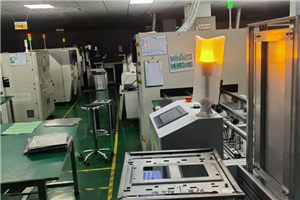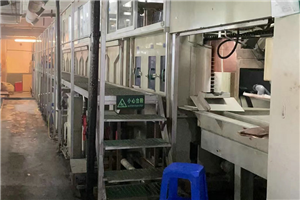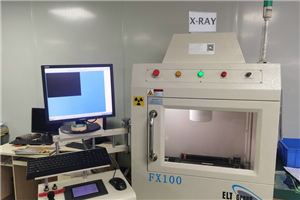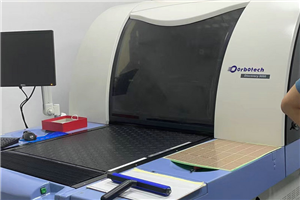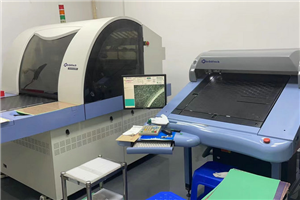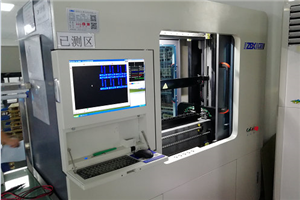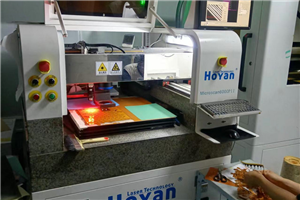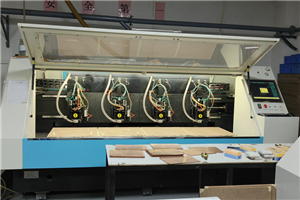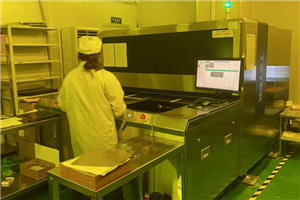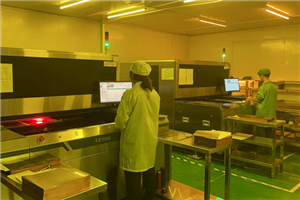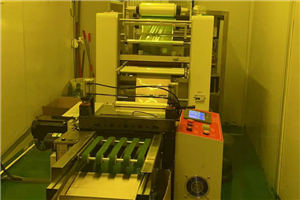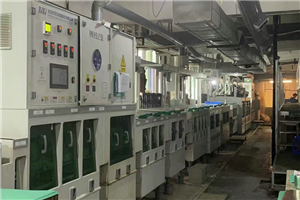For some customers, lead-free PCB assembly is not necessary. Therefore, when they need customized PCB assembly services, they may be confused about whether lead-free PCB assembly or lead assembly should be used on their products. The following introduction may help customers choose the right method.
Consideration of environmental policies, prices, and profits
Firstly, customized lead-free PCB assembly is mainly environmentally friendly, healthier for users, and has much less impact on the environment. So if the product needs to meet RoHS and REACH requirements, customers must choose lead-free PCB assembly. However, due to the higher price of lead-free solder, the assembly cost of lead-free PCB assembly is slightly higher than that of lead assembly. So for customers, it's better to consider environmental policies, prices, and product profits rather than blindly pursuing lead-free soldering.
Lead free soldering requires PCB materials with higher TG
The lead-free soldering temperature is about 35 degrees higher than the lead soldering temperature. During SMT assembly, the soldering temperature is also higher than the Tg of the PCB substrate, and the lead-free soldering temperature is higher than the lead soldering temperature. If the TG of the PCB material is too low, it is easy to cause PCB thermal deformation and component damage during cooling. Therefore, PCB materials with higher Tg should be selected appropriately.
Lead free soldering requires components with higher temperatures
The lead-free soldering process requires PCBs to have good heat resistance, high glass transition temperature Tg, low thermal expansion coefficient, and low cost. Therefore, it is necessary to consider the impact of high temperature on component packaging. Due to the fact that the packaging material of traditional surface mount components can meet the soldering temperature of lead solder as long as it can withstand 240 degrees Celsius, while the soldering temperature of complex products during lead-free soldering can reach 260 degrees Celsius, it is necessary to consider whether the packaging of components can withstand high temperatures.
The temperature at the internal connection of the device is too high
In addition, the impact of high temperature on the internal connections of the device should also be considered. The internal connection methods of ICs include gold wire ball welding, ultrasonic pressure welding, and reverse welding, especially for new electronic components such as BGA, CSP, composite components, modules, etc. The materials used for internal connections are the same as the solder used for surface assembly, and they also use reflow soldering technology.
Cost difference between lead-free soldering and lead based soldering
From a cost perspective, the cost of lead-free solder currently developed is higher than that of tin lead alloys. Many people may think that the cost of solder material accounts for a high proportion. However, according to some statistical data, PCB manufacturers generally control the cost of solder within 10% of the total cost, especially for technical electronics/PCB, so it will not have a significant impact on the overall cost of the final product. Therefore, most customers choose lead-free PCB assembly in their RoHS compliant PCBs.



